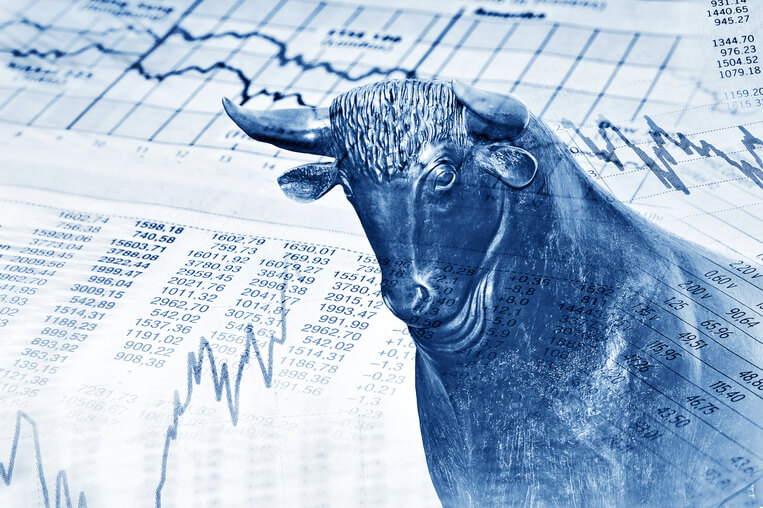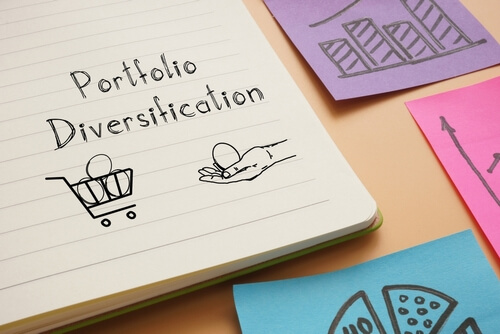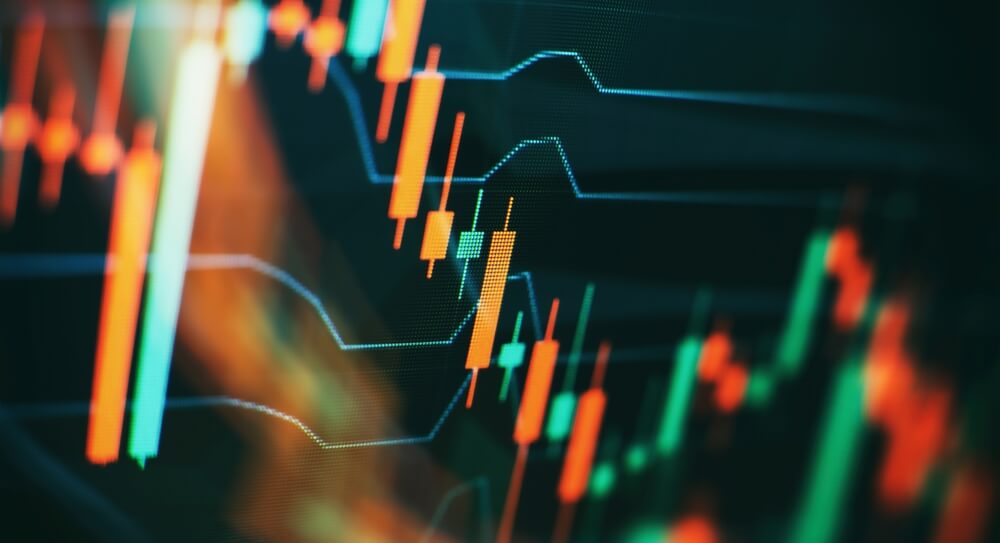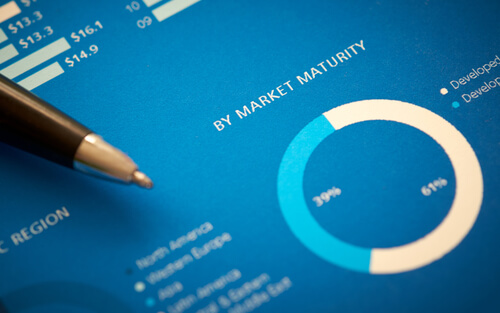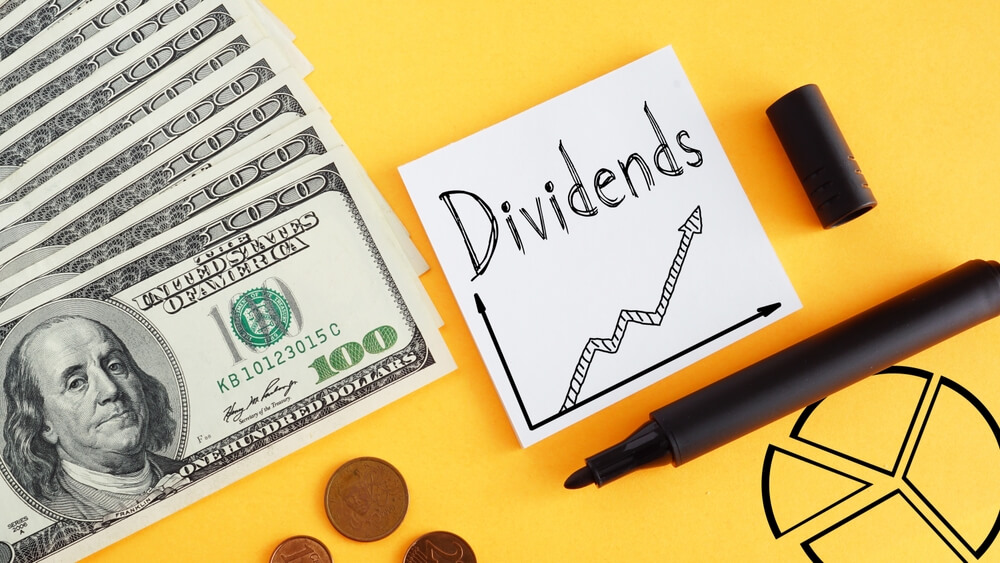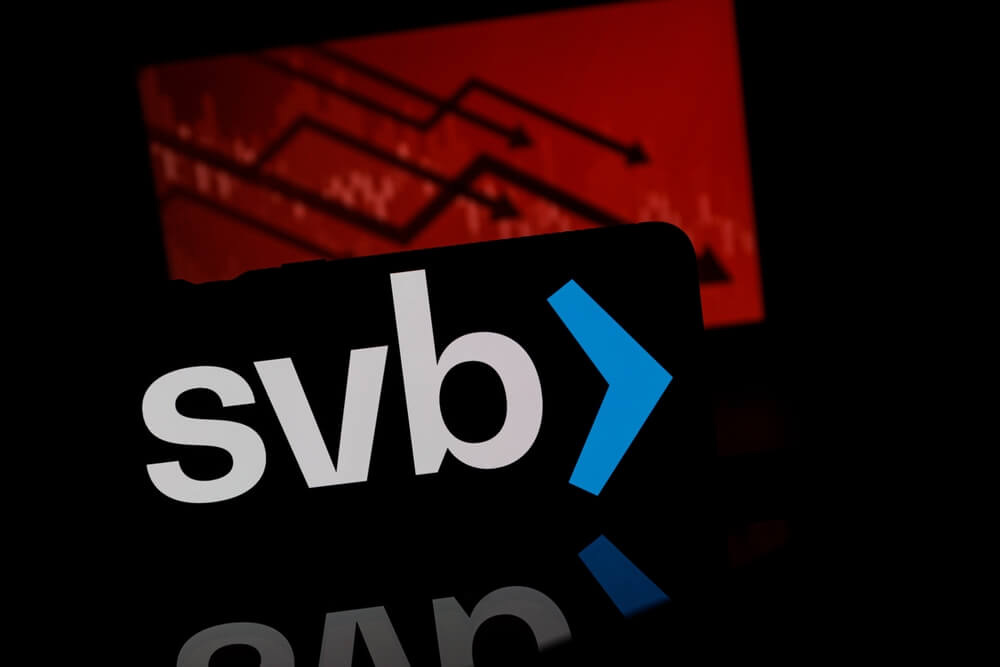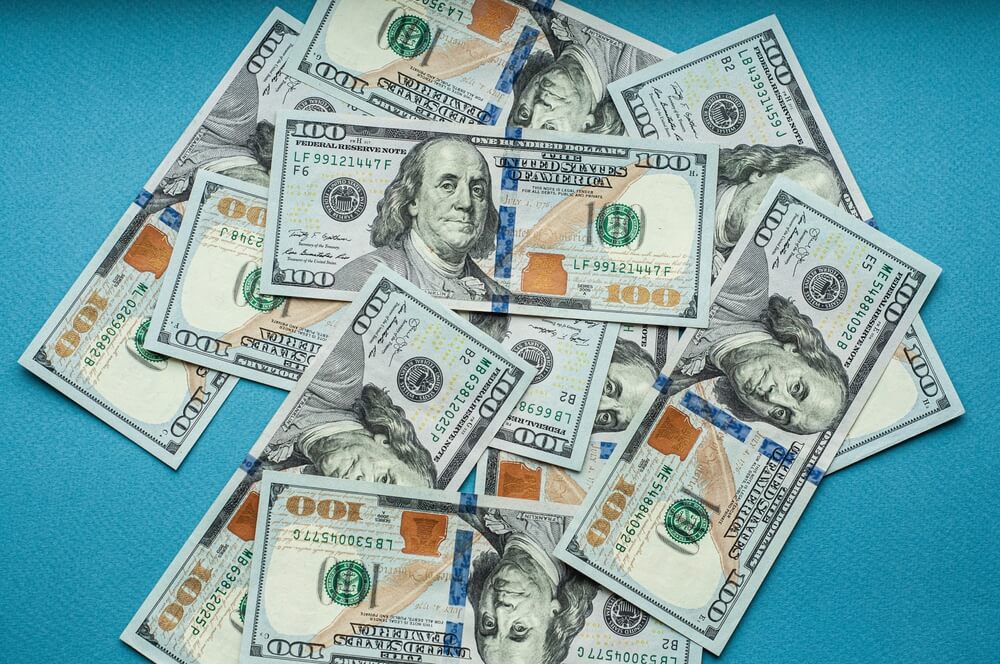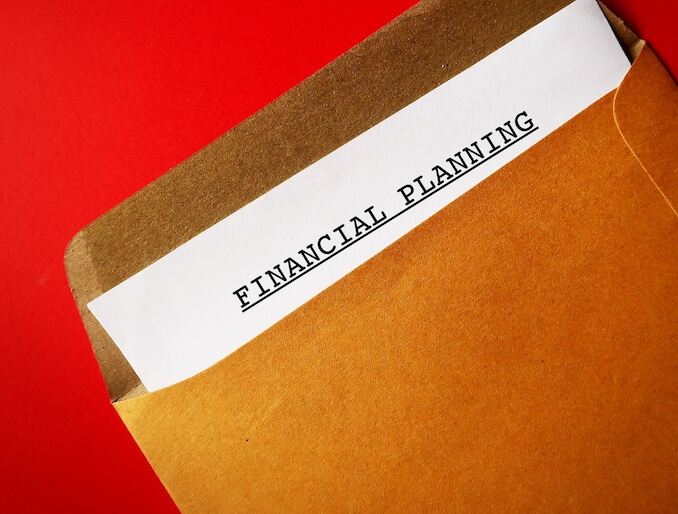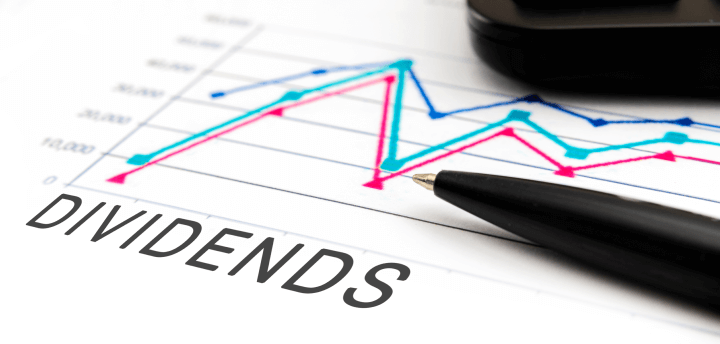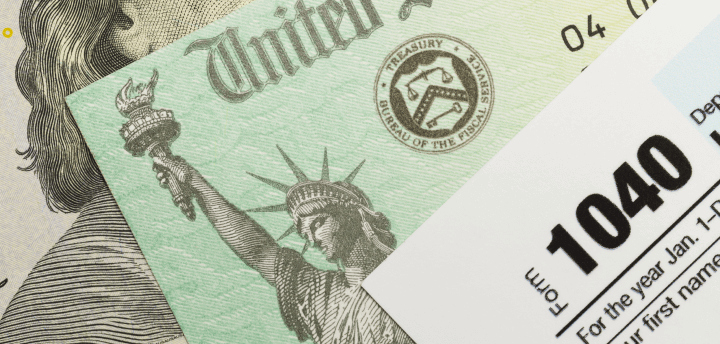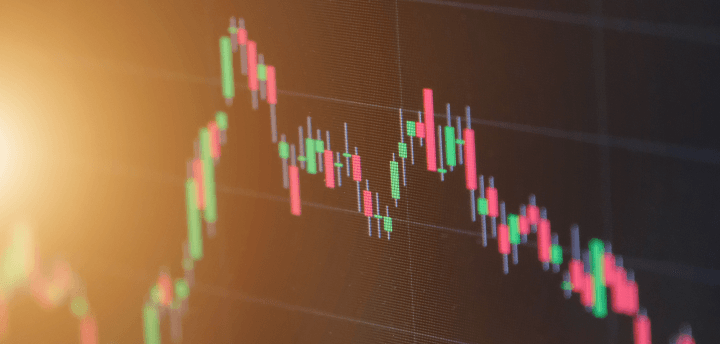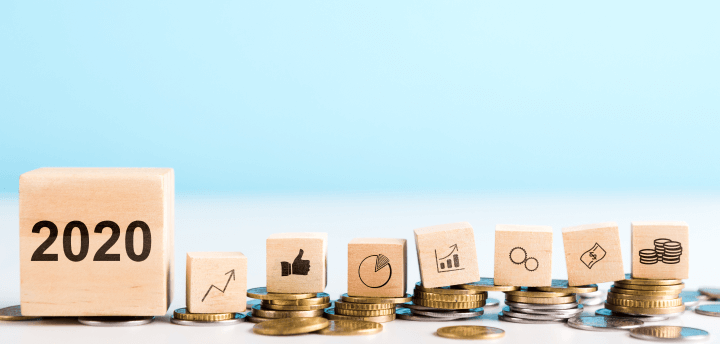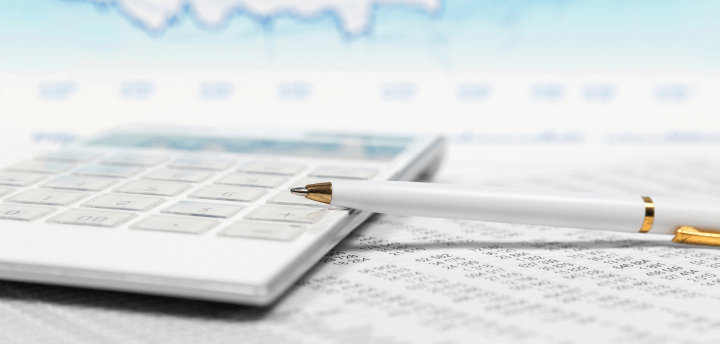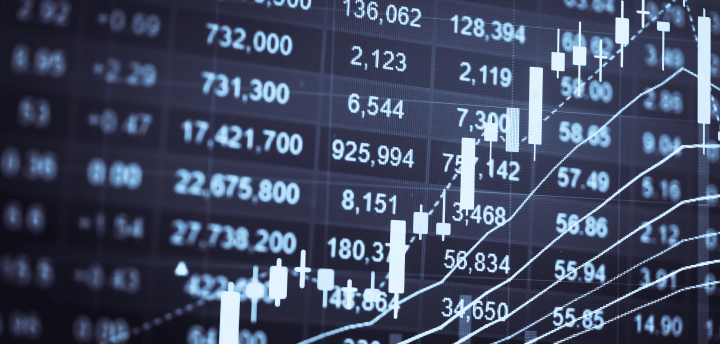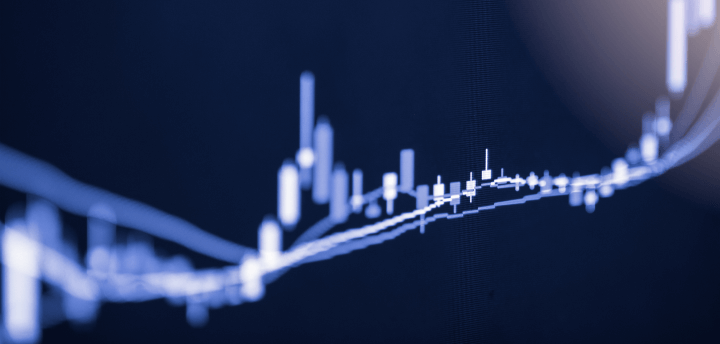What is the Yield Curve?
The yield curve describes the difference in interest rates across bonds with different maturity dates. Bonds that are due a long time from now generally pay different interest rates from bonds that mature earlier. When long term rates are significantly higher than short interest rates, the yield curve is steep. When long and short-term rates are similar, the curve is flat. When short rates exceed long term rates, the curve is inverted. The shape of the yield curve is significant because it reflects investor beliefs about the direction of interest rates and the economy.
What a Flattening Yield Curve Suggests?
A flattening curve generally implies that interest rates may rise more slowly or drop in the future, and that economic growth may decelerate. The yield curve has been flattening since the Fed started raising rates more than 2 years ago. Currently, the difference between the 2-year Treasury yield and the 10-year Treasury yield is the flattest it has been since August 2007, before the last U.S. recession. Investors seem increasingly anxious over the possibility of an inverted yield curve, where short-term rates are higher than long-term yields. This generally signals fear among investors that a recession is near. In fact, curve inversion has preceded all 9 recessions since 1955.

Source: Goldman Sachs, as of June 28, 2018
Is an Inverted Curve Imminent?
The Fed has much influence over the short-term interest rates, but less influence over longer-term rates. Yields on longer maturity bonds are driven more by growth and inflation expectations. Since the Fed is expected to continue hiking short-term rates, we believe it is normal for the curve to flatten now. Furthermore, we agree that the yield curve could invert by late 2018 or early 2019. However, this is not guaranteed. There are many plausible scenario’s where longer rates could rise and/or short-term yields stop rising. This would steepen the curve, with long rates rising faster than short rates.
What if the Curve Does Invert?
Even if the curve inverts, it’s not necessarily a signal of imminent doom for the economy & markets. Although there is strong correlation between an inverted curve & recession, it’s a poor indicator for timing recessions. The lag between inversion and the start of actual recession varies widely, with an average of 14 months. During the last cycle, the yield curve first inverted in January 2006 and the recession did not start until 23 months later, in December 2007, according to Pension Partners.

What’s an Investor to Do?
We’re not making big bets on the direction of interest rates or the yield curve. There are just too any unknowns and factors that can influence short-term outcomes. Our educated guess is a recession would likely follow 18-months or so, when/if the curve inverts. While we believe it is important to prepare for the next downturn, we are focused on designing portfolios that are not dependent on short-term predictions and can weather a range of scenarios. Our analysis covers time frames that are likely to reward our portfolios for getting the fundamentals mostly right. We believe that the current investment environment favors a flexible approach which seeks attractive yield and diversification benefits from multi-sector fixed income allocations. We are ready to take advantage of tactical opportunities should fear reassert itself in markets.
One benefit to a flattening yield curve is that short-term yields now look more attractive than many stock dividends and longer-dated fixed income securities. We see value in floating rate bonds and select, shorter-duration investment grade bonds, including corporate and municipal bonds. We view Treasury Inflation-Protected Securities (TIPS) as offering fairly-priced hedging against inflation risk. Because we anticipate more volatility, we also value higher quality fixed income, such as FDIC-insured CD’s, mortgage-backed securities, and U.S. Treasuries, which could help diversify equity risk in portfolios and offer some protection against equity market selloffs.








